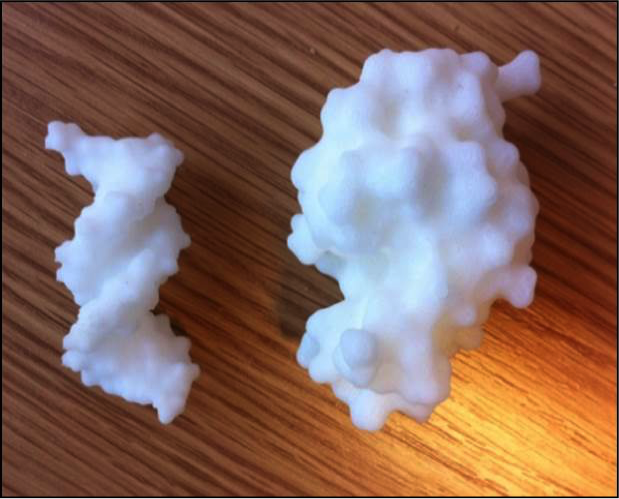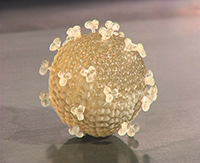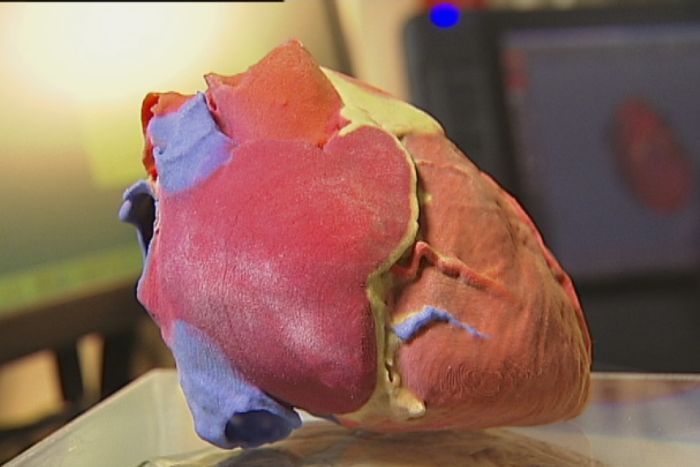Over the last few years, there has been a drastic movement within the market towards making things with technologies, and as a result more and more industries started adopting these to compete by producing unique quality and end-to-end solutions. One of the technologies that is evolving dramaticllay and has matured to a point where it is expected to be a game changer in various industries is 3D printing. We are all aware that visualisation in 3D is a big step ahead of traditional 2D approaches, but 3D printing does not only enable three-dimensional visualisation, but also adds a dimension of tangibility to our experience. See the updated the news about the 3D printing industry.
So what is a 3D printer?
A 3D printer is a machine that is able to produce objects of any shape by creating layers of materials until the final three-dimensional object is formed. Although, initially they started printing objects with plastic filament, now it is possible to use metal, ceramics, food, human tissue, and very recently cellulose which is the main constituent in plants.
Looking at the latest development and growth of this futuristic technology field, especially with reduced cost for both machine and materials in the consumer market, a lot of industries like dental, medical, architecture, marketing, jewellery and Science education are seeing the benefit of it. Have a look at the things being 3D printed so far in different industries.
The NMC (New Media Consortium) Horizon Report in 2014 stated that 3D is expected to change the way teachers teach and students learn. However, what 3D printing can bring into libraries, universities, schools and colleges is not yet to be identified. Teachers and lecturers are experimenting how “making” things adds to the teaching and learning process. Although these are individual cases, I think bringing more attention to the efforts made by early adopters can be very important at this stage as the technology and its applications seem to be increasingly promising.
This article is a reflection on an attempt made by the lecturer Dr. David Smith at Sheffield Hallam Univeristy to “revolutionise” his traditional lecture/ classroom of Bioscience which usually relies on a PowerPoint presentation with some kind of multimedia like images and/or videos.
What the lecturer did differently was that he integrated a 3D printed model related to the core content of the lesson into a lecture with a very big number of biochemistry and biology students.
The question that needs to be proposed here is: can a 3D printer revolutionise the teaching and learning?
In a class of 180 students, the lecturer in the webinar explained that in this attempt, he has been able to make a difference in terms of engaging students more and stimulating them to discuss core content both in groups and with the lecturer. This resulted in enhancing their understanding and retention about complex concepts that were not very easy to digest in a traditional lecture.
So how was the lecture delivered differently this time to achieve that?
A generated 3D printed model of DNA was introduced into this lecture through an activity, through which students can handle, explore, and discuss how the shape of the object and how this shape leads to particular functions.
There is no doubt that the 3D output enables visualisation and conceptualisations in 3D dimensions in teaching and learning; however, being able to touch and manipulate the object, opens up a new pathway of learning, enabling realistic perspectives of both simple and complex concepts. 3D printing can be really a powerful tool, think how this can be potentially realised to enhance spatial awareness in early education, helping to encourage students to pursue STEM careers for example.
Also, think how influential a 3D model could be in enabling visualization of abstract ideas or say objects/ phenomenon that cannot be seen by the naked eye. This will further benefit the students’ learning more.
I think integrating 3D printing into any educational setting can result in a pedagogical shift away from thinking about something to working with, tinkering, inventing, touching and sensing things.
3D printing seems to be a very exciting era with its so many possible applications in STEM, visual art and design and other subject areas. From my point of view, its real power comes from having a purpose for creating a 3D output, a problem to solve through an activity which can involve students and teachers in the process of: designing, visualising, and making.
Some research indicated that 3D printing could be able to transform what the student imagines into a practical visual experience that can enhance the way they approach problem solving. Having said that, it does not mean that we can merely saturate schools/ institutions with 3D printers and expect students to innovate.
Technology in itself cannot not be the main driver of any pedagogical shift. The lecturer put significant effort on designing what he calls an “active experimentation activity” through which conversation is directed by some simple questions centred around the object features and functions. These questions worked as prompts to simulate discussion which was then followed by personalised feedback from the teacher. This is an essential aspect, the printer can make the classroom a more engaging and creative space if it is implemented with some thoughtful and pre-planned learning activities facilitated by the teacher.
It is really exciting to involve students in creating a 3D printed model of the human heart in a biology class for example, to learn about the human organs.
Student-centered teaching approaches can be more satisfying for students when they produce things rather than passively sit and observe. As the 3D printer becomes more affordable, stories of it being used in schools and universities are increasing. I hope this article stimulates your creativity when thinking about the relevance of this technology to your subject matter and its potentialities in real wold projects. Please see this 3D printing & Education Forum which could be very useful to start discussing your ideas and thoughts about any future projects of implementations.





